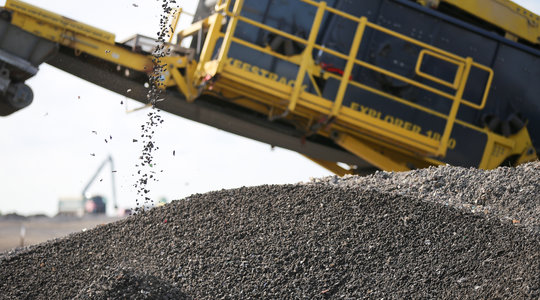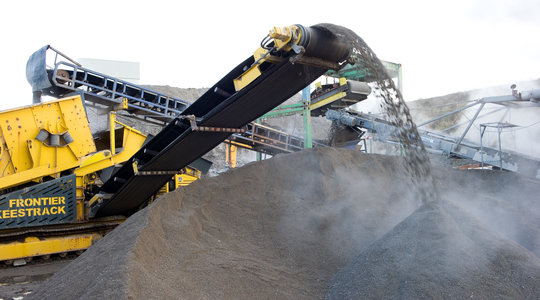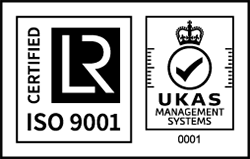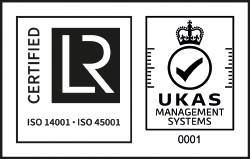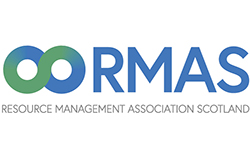Right from the start, Rock Solid has aimed at taking the reprocessing of Incinerator Bottom Ash (IBA) to a higher level. An example that illustrates this, is the initiative the founders of Rock Solid took in 2008 to create the so-called CUR committee, that has conducted research into the use of WTEB granulate together with universities, research institutes and the concrete industry (CUR no. 116).
CUR: Civieltechnisch Centrum Uitvoering Research en Regelgeving (Civil Engineering Centre for the Execution of Research & Regulations in the Netherlands)
